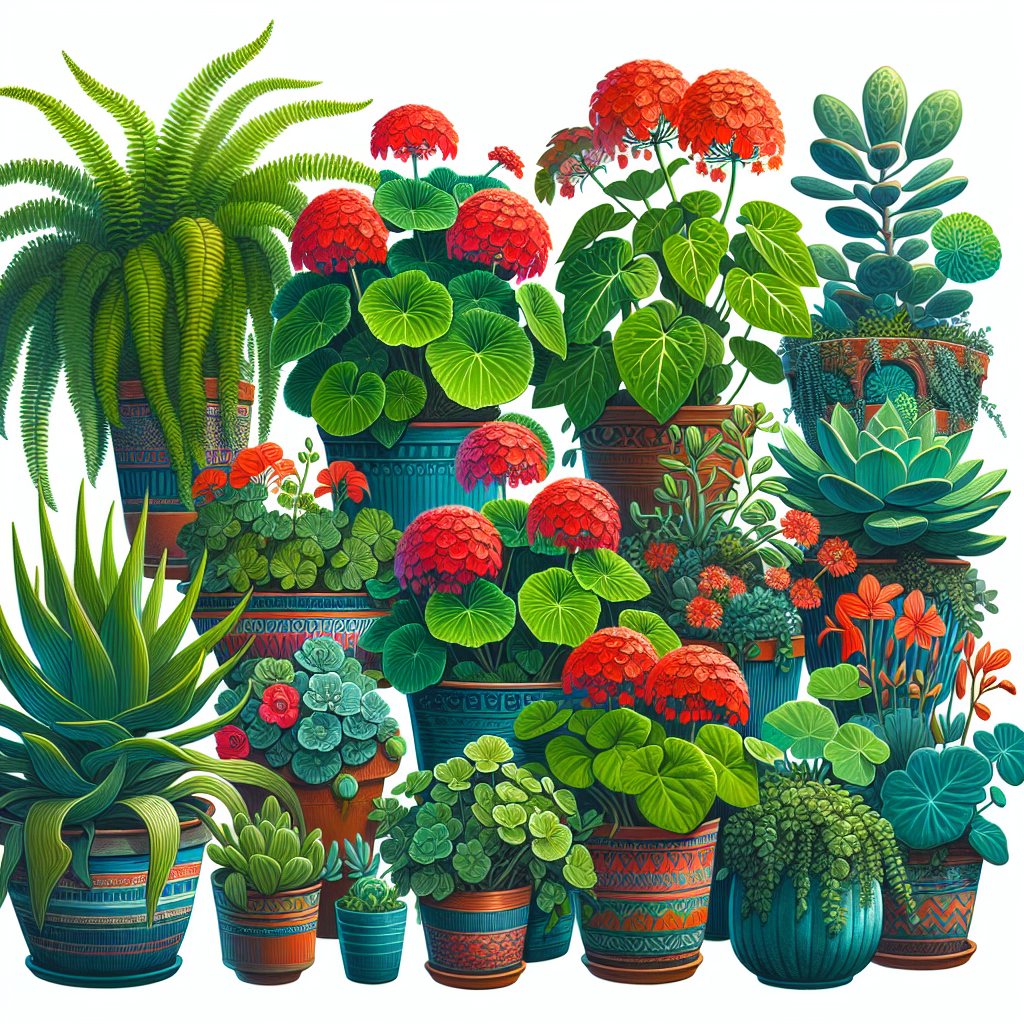
Looking to add some greenery to your living space but don’t have a backyard? Look no further than these 9a container gardening ideas. Whether you have a small balcony, a tiny patio, or even just a windowsill, these ideas will help you transform any space into a vibrant and thriving garden. From colorful flower pots to vertical herb gardens, you’ll find plenty of inspiration to create your own little oasis. So grab a cup of tea, sit back, and let’s explore the world of container gardening together.
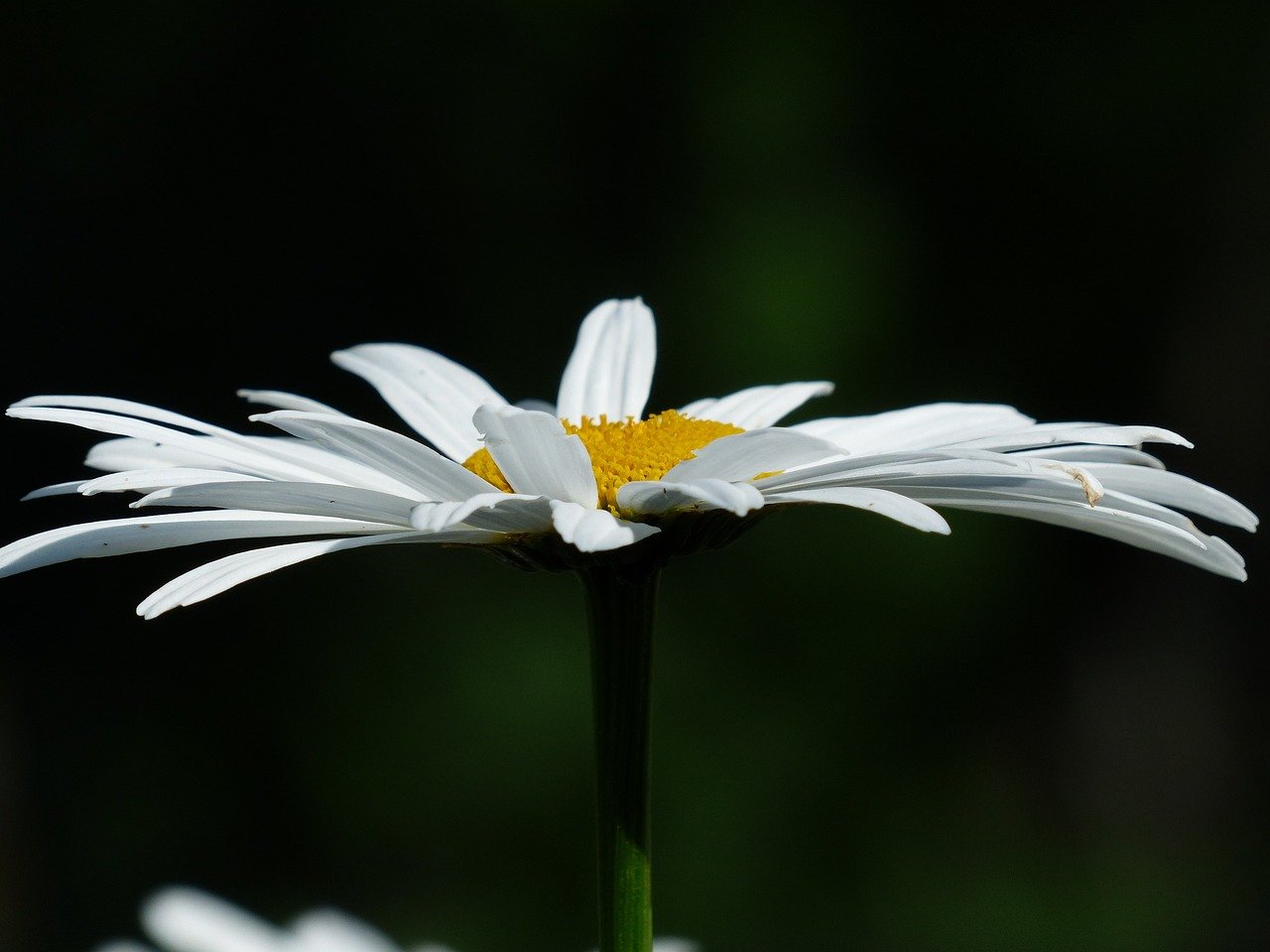
Choosing the Right Containers
When it comes to container gardening, choosing the right containers is crucial for the success of your plants. First and foremost, consider the size and depth of the container. Different plants have different root systems, so you need to provide enough space for healthy root development. If you’re planning to grow vegetables or larger plants, opt for deeper containers to accommodate their roots.
Another important aspect to consider is the drainage of the containers. Good drainage is essential to prevent water from pooling and causing root rot. Look for containers with drainage holes at the bottom or make sure you can add drainage holes if needed. Adequate drainage will ensure that excess water can escape, keeping your plants healthy.
In addition to size and drainage, it’s also important to select containers that match your garden style. Whether you prefer a modern, minimalist look or a more rustic and natural feel, there are containers available in various materials and designs to suit your taste. Consider the overall aesthetic of your garden and choose containers that complement the surrounding environment.
Lastly, think about the mobility of your containers. If you plan on rearranging or moving your plants frequently, opt for lightweight containers. This will make it much easier for you to transport your plants as needed, without straining yourself. Lightweight containers also come in handy during extreme weather conditions, allowing you to bring your plants indoors if necessary.
Picking the Ideal Location
Once you have chosen your containers, it’s time to find the ideal location for your container garden. The success of your plants heavily depends on their exposure to sunlight, so it’s important to assess the sunlight requirements of your plants. Some plants thrive in full sun, while others prefer partial or even full shade. Take note of how much direct sunlight your chosen location receives throughout the day to ensure your plants get the necessary amount of light.
Aside from sunlight, consider the microclimate of your gardening space. Factors such as temperature, humidity, and wind patterns can greatly impact the health and growth of your plants. Some plants may be more sensitive to extreme temperatures or strong winds, so it’s important to choose a location that provides a favorable microclimate.
Proper air circulation is also crucial for a healthy container garden. Stagnant air can create a breeding ground for pests and diseases. Therefore, find a location that allows for good air movement, whether it’s through natural ventilation or by strategically placing your containers in areas where breezes tend to flow.
Additionally, easy access to watering and maintenance is important for the longevity of your container garden. Make sure that your chosen location is easily accessible for regular watering and any necessary pruning or replanting. This will save you time and effort in the long run and ensure that your plants are properly cared for.
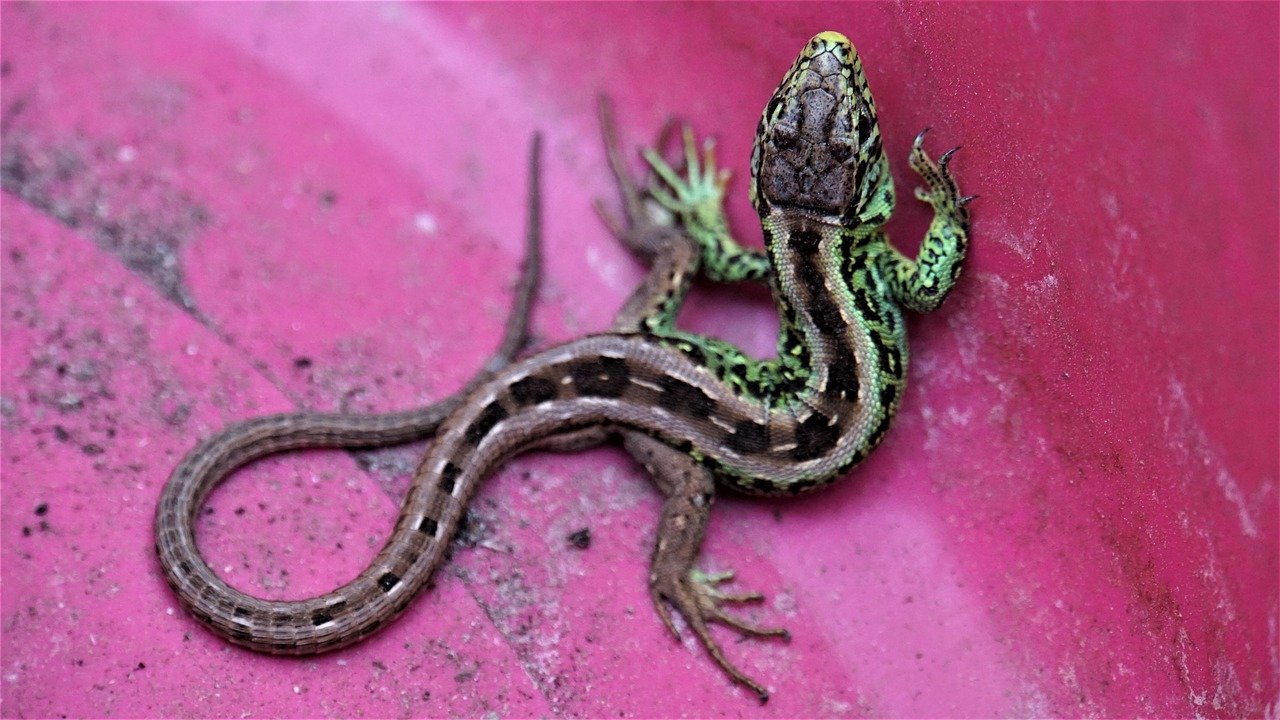
Selecting the Right Soil
Choosing the right soil is essential for the optimal growth and health of your plants. While it may be tempting to use soil straight from your garden, it’s generally recommended to use high-quality potting mix specifically designed for container gardening. Potting mix is lighter and more well-draining than garden soil, ensuring that excess moisture doesn’t accumulate in your containers.
Consider using specialized mixes for specific plant types. Some plants, like succulents and cacti, require a well-draining mix with added sand or perlite for proper root health. On the other hand, plants that enjoy moisture retention, such as ferns or tropical plants, may benefit from a mix that includes peat moss or coconut coir to hold water for longer periods.
To further enhance drainage in your containers, you can add materials like perlite or vermiculite to the potting mix. These lightweight additives create air pockets in the soil, allowing excess water to freely flow through and prevent waterlogged roots.
Lastly, it’s a good practice to amend the soil with organic matter. Adding compost or well-rotted manure to your potting mix helps improve fertility and overall soil structure. Organic matter provides essential nutrients to your plants, supports beneficial microorganisms, and improves moisture retention in the soil.
Choosing Suitable Plants
Selecting the right plants for your container garden is essential for their long-term success. Start by considering the mature size of the plants. It’s important to choose plants that will not outgrow their containers too quickly. Research the expected size of your chosen plants and ensure that their containers can accommodate their roots and provide enough space for healthy growth.
In addition to size, consider the water and sunlight needs of your plants. Choose plants that have similar requirements to make watering and maintenance easier for you. Plants with similar needs can be watered together and receive the appropriate amount of sunlight without compromising the health of any particular plant.
When it comes to container gardening, some plants are more suitable than others. Look for plants that thrive in containers. These plants typically have compact root systems and can adapt well to the limited space, provided they have adequate soil and water. Popular container-friendly plants include herbs, succulents, ornamental grasses, and dwarf varieties of shrubs or trees.
For a visually appealing container garden, opt for plant varieties that provide interest throughout the seasons. Choose plants with different bloom times, foliage colors, and textures. This will ensure that your container garden remains vibrant and attractive all year round.
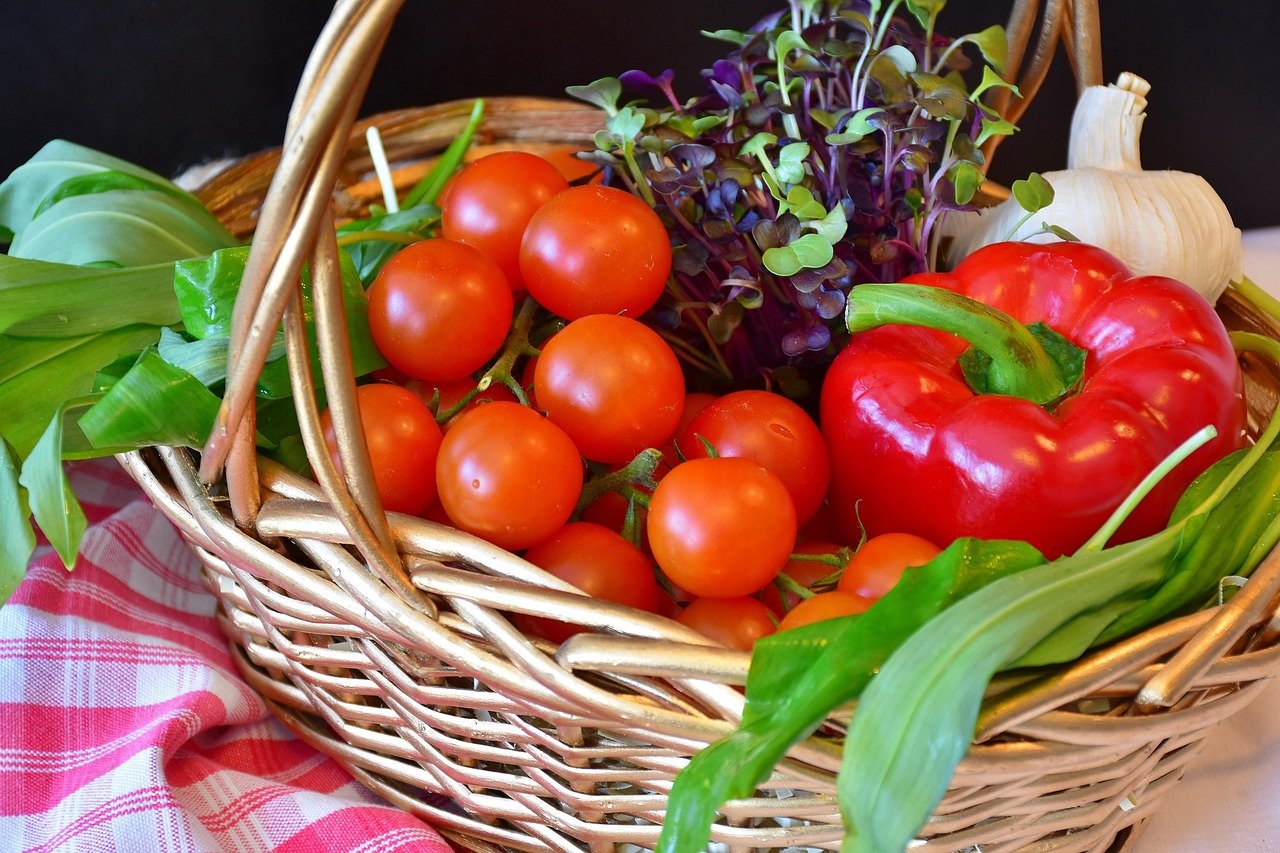
Arranging a Thriving Container Garden
Arranging your plants in a thoughtful and strategic manner can greatly enhance the overall aesthetic of your container garden and promote healthy growth. Group plants with similar cultural requirements together. This will allow you to water and maintain them more efficiently since they have similar water and sunlight needs.
When arranging your plants, consider the height and spread of each plant. Place taller plants towards the back or center of your container to create a focal point. This will add visual interest and prevent any overshadowing of smaller plants. Surround taller plants with medium-height plants, and then place trailing plants towards the edges for a cascading effect.
Proper spacing between plants is crucial for healthy root development. Ensure that each plant has enough space to grow without overcrowding. Overcrowding can lead to competition for resources, increased susceptibility to pests and diseases, and hindered growth. Leave enough room for each plant to thrive and reach its full potential.
Watering and Fertilizing Techniques
Watering is one of the most important aspects of container gardening, as it directly affects the health and growth of your plants. Establishing a consistent watering schedule is key to providing adequate moisture for your plants. Different plants have different water requirements, so it’s important to research and understand the specific needs of your chosen plants. Some plants prefer to dry out slightly between waterings, while others require consistently moist soil.
To prevent overwatering or underwatering, it’s important to monitor the moisture levels in your containers. Stick your finger about an inch into the soil to check for moisture. If it feels dry, it’s time to water. If it feels moist, hold off until the soil dries out slightly before watering again. Avoid letting the soil become completely dry or overly saturated, as both extremes can harm your plants.
Fertilizing your container garden is another important aspect of plant care. Different plants have different nutrient requirements, so it’s important to choose a fertilizer that suits your plants’ specific needs. Some fertilizers are designed for specific plant types or are formulated for certain stages of growth. Read the instructions carefully and apply the fertilizer as directed, taking care not to over-fertilize, which can burn the roots of your plants.
Consider using slow-release or organic fertilizers for long-term nourishment. Slow-release fertilizers gradually release nutrients over time, reducing the risk of nutrient imbalances or fertilizer burn. Organic fertilizers, such as compost or fish emulsion, provide a natural and sustainable source of nutrients for your plants. These types of fertilizers also improve the overall soil health and promote beneficial microorganisms.
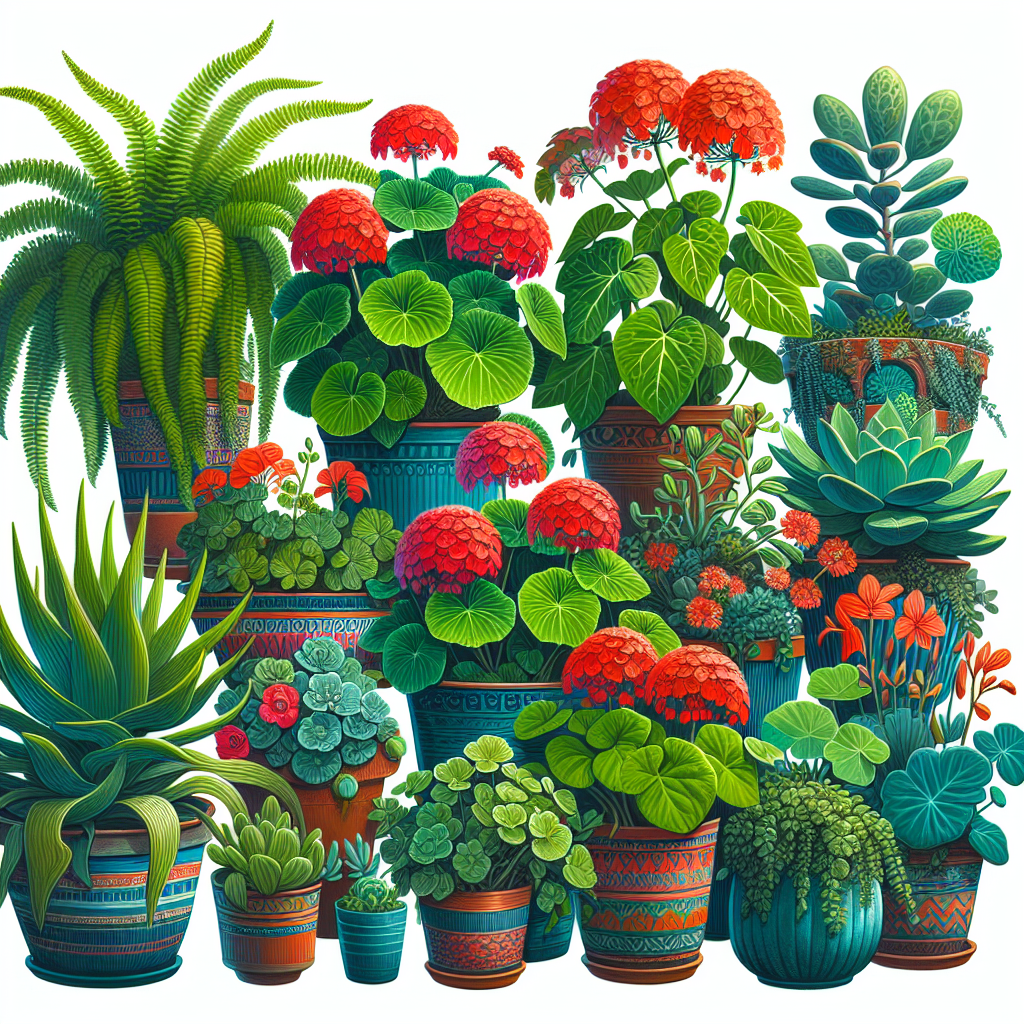
Dealing with Pests and Diseases
Just like plants in the ground, container plants are susceptible to pests and diseases. It’s important to inspect your plants regularly for any signs of pests or diseases. Common pests include aphids, mealybugs, spider mites, and whiteflies, while fungal diseases like powdery mildew or root rot can also be problematic.
Implementing natural pest control methods can help manage infestations without resorting to harsh chemicals. For small pests, like aphids or mealybugs, you can manually remove them by handpicking or using a soft brush to dislodge them from your plants. Insecticidal soap, which is a gentle and organic solution, can also be effective in controlling pests.
Preventing pest infestations can be achieved by avoiding overcrowding plants. Proper spacing allows for better air circulation, making it more difficult for pests to establish themselves. Regularly pruning any dead or damaged plant parts also helps maintain plant health and reduces potential hiding spots for pests.
Good air circulation is crucial for preventing fungal diseases. Ensure that your plants have adequate space between them and are not overcrowded. This will promote better air movement and help prevent the growth and spread of fungal spores. If you notice any signs of fungal diseases, such as powdery or fuzzy growth on leaves, promptly remove affected plant parts and consider using organic fungicides if necessary.
Pruning and Deadheading
To keep your container garden looking its best, regular pruning is necessary. Pruning helps maintain the shape and size of your plants and promotes overall health and vigor. Remove any dead or damaged plant parts, as these can attract pests and create an entry point for diseases. Regular maintenance pruning also prevents plants from becoming unruly and overcrowded.
Selective pruning can encourage bushier growth in certain plants. Pinching back the tips of herbs or annuals, for example, promotes branching and leads to a fuller and more compact plant. By selectively removing certain branches or stems, you can shape your plants and achieve the desired aesthetic for your container garden.
Deadheading is another important practice for continuous blooming. Many flowering plants benefit from having spent flowers removed. Deadheading redirects the plant’s energy from producing seeds to producing new blooms, resulting in a prolonged blooming period. Simply pinch or cut off faded flowers at their base to encourage the growth of new blooms.
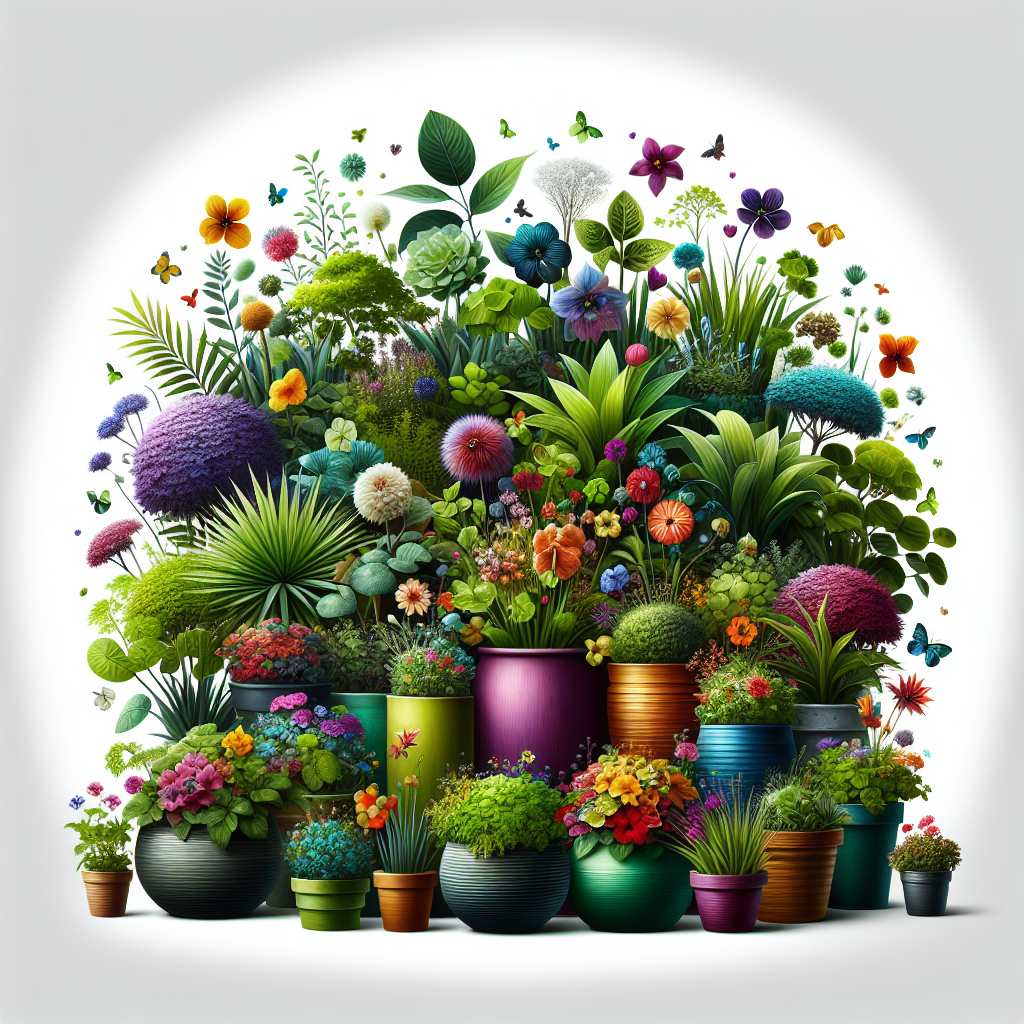
Winterizing Your Container Garden
As the seasons change and winter approaches, it’s important to prepare your container garden for the cold months ahead. Tender plants should be moved indoors before the first frost. Determine whether your plants are frost-sensitive and research the specific overwintering requirements for each plant. Some plants may need to be placed near a sunny window indoors, while others may benefit from a cool and dark location.
To protect container plants from freezing temperatures, provide them with insulation. Wrap the containers with bubble wrap or burlap to create a barrier against extreme cold. In severe climates, you can also place containers inside larger containers and insulate the space between them with straw or sawdust. This extra layer of insulation helps buffer the cold temperature and protect the roots of your plants.
During winter dormancy, it’s important to reduce watering frequency. Most plants go into a state of rest and require less water during this period. Water the containers sparingly, allowing the soil to dry out slightly between waterings. Overwatering during winter dormancy can lead to root rot and damage the overall health of your plants.
While winter dormancy can slow down pest activity, it’s still important to keep an eye out for signs of overwintering pests. Check your plants regularly for any pests or eggs that may have hitched a ride inside your home. If you notice any pests, promptly take action to prevent them from spreading to other plants.
Creative Container Gardening Ideas
Container gardening offers endless opportunities for creativity and experimentation. If you’re looking to add a unique touch to your garden, consider repurposing household items as planters. Old washtubs, buckets, or even unused furniture pieces can make charming and unexpected containers for your plants. Let your imagination guide you and have fun exploring unconventional options.
Another exciting idea is to create vertical gardens using hanging baskets or wall-mounted containers. Vertical gardening maximizes space and adds visual interest to your garden. You can plant cascading plants in hanging baskets or create a living wall with various containers attached to a fence or wall. This not only adds greenery but also transforms blank vertical spaces into living works of art.
Don’t be afraid to combine different textures and colors in your container garden. Mixing plants with varying foliage shapes and colors creates a visually appealing and dynamic look. Pair plants with contrasting leaf textures, such as spiky grasses with soft ferns, or choose plants with vibrant flowers to add pops of color to your garden. The possibilities are endless, so let your creativity guide you.
Experimenting with companion planting is another fun and functional idea for your container garden. Companion planting involves growing different plants together that benefit one another. For example, pairing herbs with vegetables can naturally repel pests or attract beneficial insects. Research effective plant combinations and try different arrangements to find what works best for your garden.
Container gardening is a versatile and rewarding way to enjoy gardening even in limited spaces. By choosing the right containers, placing them in the ideal location, using suitable soil, selecting appropriate plants, arranging them properly, and providing adequate care, you can create a thriving container garden that brings beauty and joy to your outdoor space. So, go ahead and start your container gardening adventure with these helpful tips and ideas!





